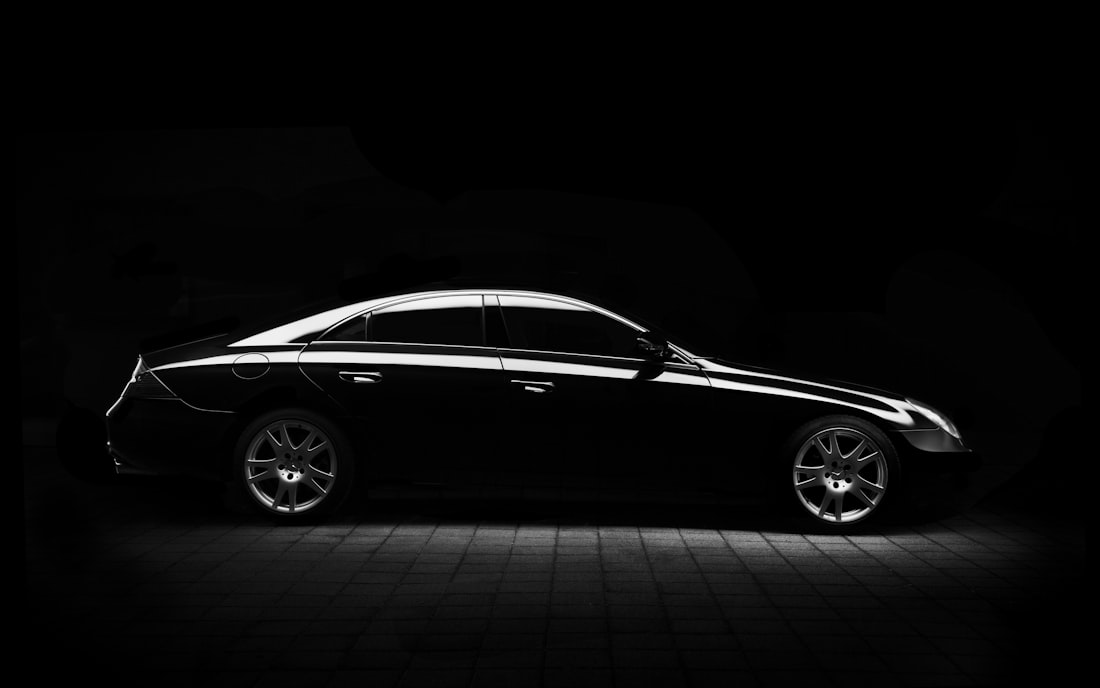Famed for its durability and usage in high-stress applications, titanium is what many view to be the space-age wonder metal that cars of the future will be made of. And this may soon be a reality, with raw titanium products like titanium powder expected to reach prices as low as $427 per kilogram, according to SmarTech publishing. Bit by bit, car manufacturers are incorporating titanium into their fabrication processes. Helped by advanced technologies like additive manufacturing, titanium innovations in auto design are likely going to become more commonplace in the near future.
Lightweight space-saving suspension springs
Car manufacturers have been attempting to decrease the weight and space cost of springs for decades. Now that titanium is a lot more affordable, it presents itself as the perfect main ingredient for the ideal spring alloy. Prototypes that made use of titanium springs showed that one could minimize their form factor significantly, and they can be up to 70 percent lighter than common steel springs.
Such a reduction frees manufacturers up to explore more novel design concepts. Appended by things such as titanium valves, they can decrease the size of the springs even further. This is because the vehicle will be able to stand up to the forces of higher speeds.
Titanium in car bodies
Titanium-bodied cars have been speculated since the technological utility of the metal entered popular conception. But only recently have we started to see innovators realizing the design. Italian car designer Icona was one such innovator when they unveiled their fully titanium-bodied car concept in 2016. However, experts criticized just how practical such a design would be. And indeed, for over $2.7 million, it was clearly unfit for widespread commercial release.
But the years since then have seen gradual yet steady strides towards practical titanium car bodies. McLaren, for example, has been using 3D printed titanium supports and linkages in their carbon-fibre 720S sports car. Designs have moved from experimental to luxury, and may soon move to more mainstream commercial availability. Now, products like titanium metal sheet have reached all time low prices in the decades since the first titanium car bodies were dreamed up. With the innovations of companies like McLaren, we can expect many other large manufacturers to come out with their own ways of incorporating titanium to car bodies in the years to come.
Titanium in exhaust systems
Titanium exhausts used to be a feature exclusive to cars from upper trim levels. But as they become increasingly available for mid-high models, the future is looking very bright for titanium’s incorporation into car designs at every price range. Just as with springs, titanium exhaust systems can be nearly 70 percent lighter than their steel counterparts. In addition, it’s much more resistant to corrosion than traditional stainless steel, ensuring a much longer lifespan before needing replacement.
While titanium has remarkable properties, a main challenge that arises is the fact that you can’t fabricate parts made out of it. The unprecedented availability of the metal has certainly made more innovations possible. But their integration into commercially available vehicles will depend on how fast innovators can harmonize titanium with other materials in their designs.

